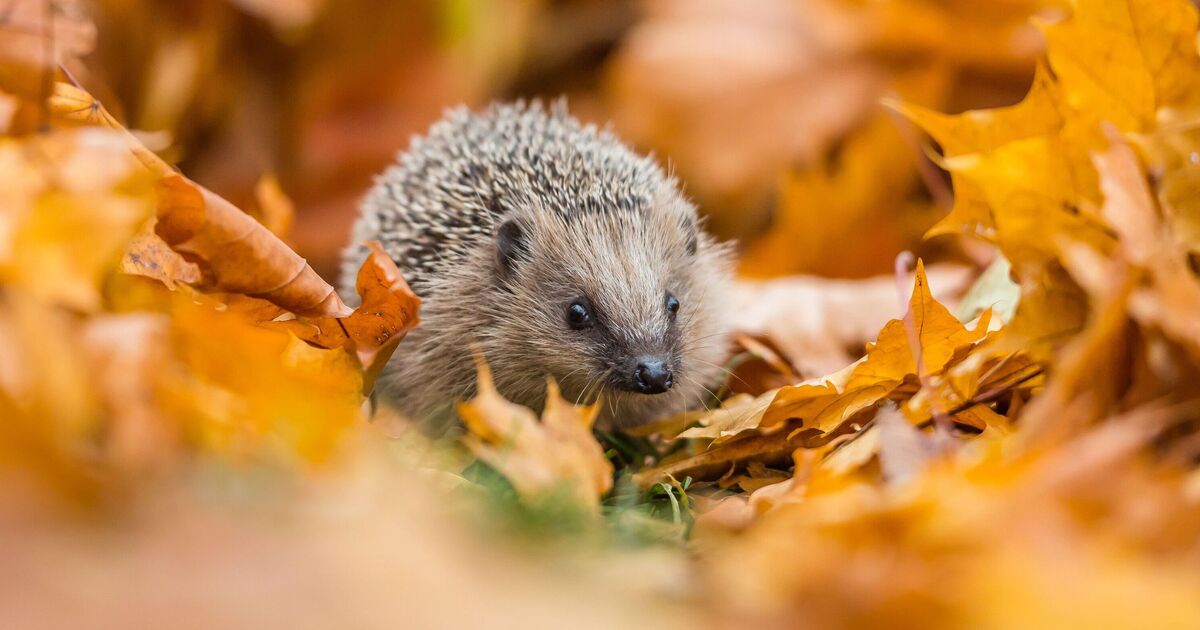A big garden is the dream for many, offering a stunning view as it transforms through the changing seasons.
The creatures that visit—whether furry friends or curious creepy crawlies—are not always welcomed by garden owners, but many of them contribute to the ecosystem, often in ways we may not immediately recognise.
While many gardeners aren’t fond of beetles, caterpillars, or the like, there’s one unlikely ally that helps manage these garden visitors: the hedgehog.
These nocturnal creatures are often dubbed a “gardener’s best friend” for good reason. During autumn, as they prepare for hibernation, hedgehogs devour earthworms and beetles, helping to keep pest populations in check.
In return, they preserve their own energy stores, ensuring they’re set for the cold months ahead.
If you’re fortunate enough to have hedgehogs visit your garden, it’s worth doing one thing – support them during their hibernation.
Leave out food and fresh water to help them maintain their energy levels, and consider creating safe paths for them to come and go as they please. After all, they’re helping keep the bug population at bay!
Creating a comfortable space for hedgehogs doesn’t take much effort. Simple additions, like piles of leaves, logs, and compost, provide excellent shelter and contribute to their wellbeing during hibernation.
When hedgehogs awaken, usually around March or April (though timing depends on the weather), they may be disoriented, which is why it’s especially important to continue offering food, water, and safe spaces for them.
A spokesperson for GardenBuildingsDirect.co.uk shared some helpful advice: “If you’ve had a winter visitor in your shed, outbuilding, or under a pile of leaves, now’s the time to consider how you can support them as they emerge from hibernation.
“Allow them time to rest and avoid disturbing them. When they wake up, they may be unsteady and confused, so leaving out food and water is essential to help them regain strength.
“Providing an exit route between gardens can also be beneficial. If the hedgehog appears injured or unwell, contact a wildlife rescue centre.”
Here are some tips from GardenBuildingsDirect.co.uk for assisting wildlife as they wake from hibernation:
Provide food and water: Leave out meaty cat or dog food (dry biscuits work well) on a shallow dish, along with a bowl of fresh water. Ensure the food is easily accessible.
Offer natural food sources: Encourage insects by adding native plants to your garden. This will provide a steady supply of natural food for returning hedgehogs each winter.
Create an exit route: Allow hedgehogs to leave freely by leaving shed doors or summerhouse doors open at night. If possible, create gaps in fences or hedges to give them access to neighbouring gardens.
Check for injuries: After hibernation, hedgehogs may appear wobbly or disoriented. If you find a hedgehog that seems unwell or injured, contact a wildlife rescue centre for assistance.
By making small adjustments to your garden, you can make a significant difference in the wellbeing of these important creatures.
A little help goes a long way in ensuring a thriving, healthy garden, and in supporting the wonderful wildlife that calls it home.

